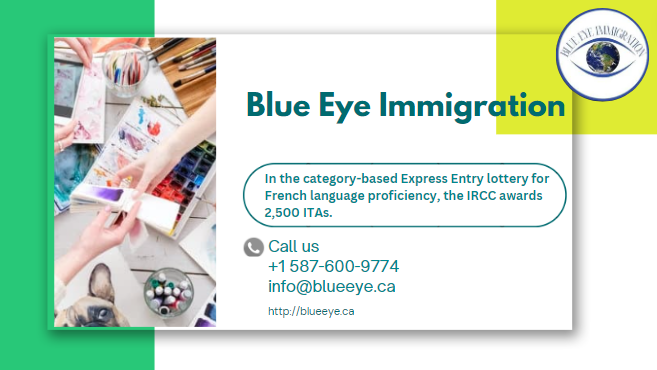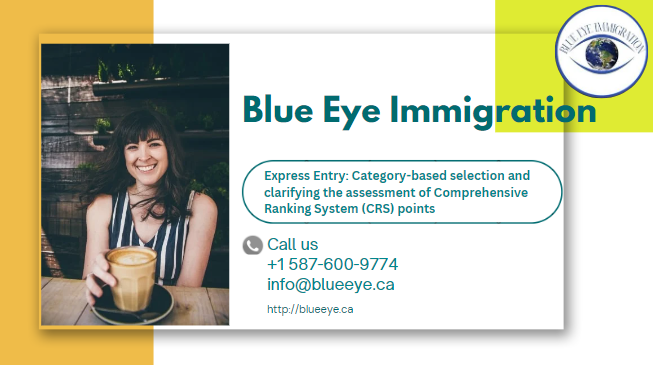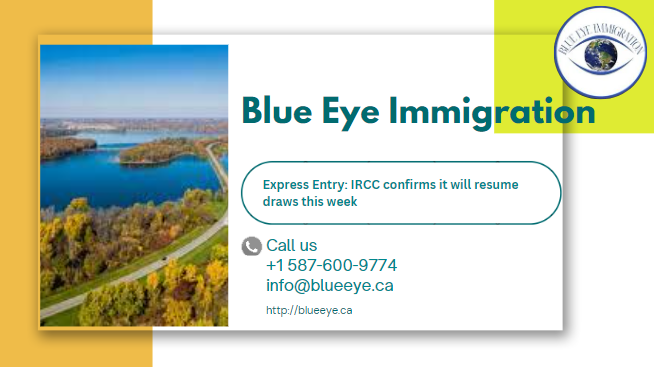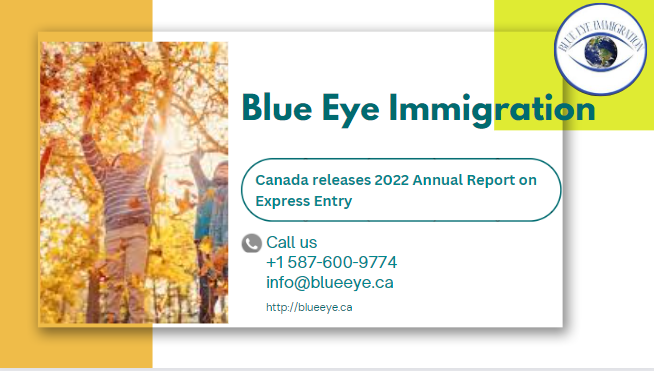In the second Express Entry draw of the week, individuals have been invited by Immigration, Refugees and Citizenship Canada (IRCC) to apply for permanent residence.
In a category-based selection draw, the department sent out 2,500 invitations to apply (ITAs) to individuals who demonstrated a high level of fluency in French.
A minimum Comprehensive Ranking System (CRS) score of 336 was needed of candidates.
The general draw on February 28 saw 1,410 applicants with a minimum CRS of 534 get invitations to apply; this draw is the follow-up to that event. Candidates from all three Express Entry administered programs are taken into consideration for a general draw.
This week’s results wrap off a hectic February. 13,610 individuals, excluding today’s draw, were awarded ITAs over the course of five lotteries. Three category-based selection drawings were held for candidates with good French proficiency, healthcare vocations, and agricultural and agri-food occupations, while the other two draws were general.
An overview of the 2024 Express Entry draw results
| Date | Draw Type | Number of ITAs | Minimum CRS |
|---|---|---|---|
| February 28 | General | 1,470 | 534 |
| February 16 | Agriculture and agri-food occupations | 150 | 437 |
| February 14 | Healthcare occupations | 3,500 | 422 |
| February 13 | General | 1,490 | 535 |
| February 1 | French language proficiency | 7,000 | 365 |
| January 31 | General | 730 | 541 |
| January 23 | General | 1,040 | 543 |
| January 10 | General | 1,510 | 546 |
Category-based selection won’t change in 2024, according to the IRCC
The department began inviting candidates in May 2023 to participate in category-based selection rounds if they can show they meet the requirements for one of the following six new Express Entry draw categories:
- Jobs in healthcare
- STEM fields (science, technology, engineering, and mathematics)
- tradespeople in positions like contractors, plumbers, and carpenters
- Jobs in transportation
- Jobs in agriculture and agri-food
- strong command of French
The agency stated at the time of the release that it will examine these categories and make any required adjustments. The IRCC has verified as on February 13 that these categories would not be modified in 2024.
After discussions with IRCC stakeholders, including Canadian enterprises and employers, settlement services, and provincial and territory governments, the categories were selected.
To be considered, candidates with these qualities must be included in the application pool under one of the three programs overseen by Express Entry.
Express Entry: What Is It?
An application management system for immigration is called Express Entry. The Federal Skilled Worker Program, the Canadian Experience Class, and the Federal Skilled Trades Program are the three programs that the system is designed to aid accelerate the processing of applications for economic immigrants.
Express Entry assigns rankings based on human capital criteria including age, job experience, language proficiency, occupation, and education using the Comprehensive Ranking System. It is quite likely that candidates with the top results will be invited to apply for permanent residence.
A further 600 CRS points are awarded to candidates who are nominated under the Provincial Nominee Program. This almost ensures that in a future draw, they will receive an ITA.
After receiving an ITA, candidates for Express Entry have 60 days to send the IRCC their final application in order to be granted permanent residence in Canada.
How many ITAs will be issued via Express Entry this year?
The Immigration Levels Plan of the IRCC states that the government intends to accept 110,770 new permanent residents through Express Entry in 2024. Compared to the previous year, when the government used the same approach to target 82,880 arrivals for Canadian PR, this is a huge rise. This figure is predicted to stabilize at 117,500 in 2025 and 2026.
Canada’s PNP allotment for new permanent residents will rise to 120,000 starting in 2025, making provincial routes the country’s primary gateway for the admission of new economic immigrants.



